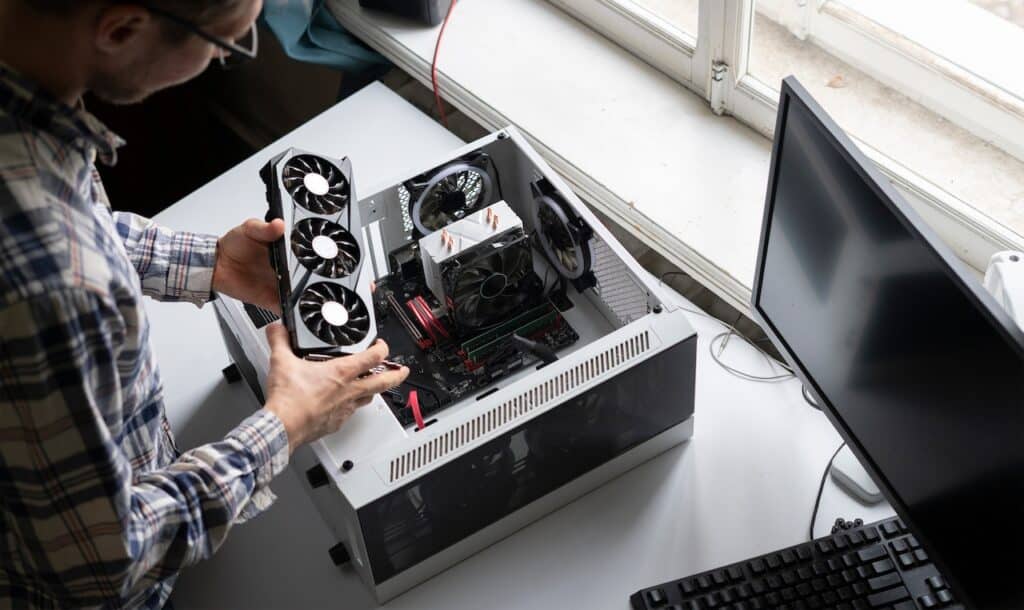As cyber threats evolve, small businesses are increasingly finding themselves in the crosshairs of attackers. Limited resources and expertise mean these enterprises can be particularly vulnerable to backdoor attacks, which surreptitiously compromise systems to allow persistent, undetected access. So how do you protect your small business against these insidious attacks? Let’s find out.
What is a Backdoor Attack?
A backdoor attack is a type of cyberattack where an attacker gains unauthorized access to a system or network, usually through a hidden entry point. Hackers often use these attacks to steal data, install malicious software, or cause other types of damage to a company’s systems.
The Ins and Outs of a Backdoor Attack
Hackers using this type of attack typically exploit vulnerabilities to insert malicious code into a system. This code creates a backdoor that bypasses normal authentication procedures, allowing repeated, remote access to the system. The attacker can then control the system, steal data, or deploy further malware without detection.
Different Types of Attacks
Several types of attacks are classified as “backdoor” that small businesses should be aware of, including:
- Trojan Horse: This type of attack involves disguising malicious code as legitimate software to trick users into downloading and installing it.
- Rootkit: A rootkit is a collection of tools used by an attacker to gain remote access and control over a system. It can be tough to detect and remove.
- Keylogger: This type of attack records a user’s keystrokes, allowing the attacker to gather sensitive information such as passwords and credit card numbers.
- Remote Access Trojan (RAT): A RAT is a type of malware that allows an attacker to remotely control a system. It can give the attacker full access to all files, as well as the ability to manipulate and steal data.
Common Weak Points in Small Business Cybersecurity
Small businesses often lack comprehensive cybersecurity strategies due to limited resources and expertise. This can leave them vulnerable to cyber threats. The most common weak points are typically outdated software, weak passwords, and insufficient employee training.
How to Detect and Prevent an Attack on Your Small Business
Here are some steps small businesses can take to detect and prevent backdoor attacks:
1. Implement Anti-Malware Software
Having up-to-date anti-malware software and firewalls in place is crucial for small businesses. This can help prevent malicious code from entering your systems and detect any suspicious activity.
2. Use an Antivirus Program
An antivirus program can help detect and remove any malicious software that may have been installed through an attack. Make sure to keep your antivirus software up-to-date.
3. Utilize Secure Network Configurations and Firewalls
It’s important to properly configure your network and use firewalls to block unauthorized access. Firewalls act as a barrier between your internal network and the internet, preventing malicious traffic from entering.
4. Update Software Regularly and Use Patch Management Systems
Outdated software can provide easy entry points for attackers. Make sure to regularly update your operating systems and applications, and consider using patch management systems to automate this process.
5. Start Employee Training and Awareness
Human error is often the cause of a cyberattack. It’s important to educate employees on cybersecurity best practices, such as creating strong passwords and being cautious when clicking links or opening attachments from unknown sources.
6. Monitor Network Activities
Regularly monitor your network for suspicious activity. This can help detect and prevent attacks in their early stages.
7. Collaborate with Cybersecurity Experts
Partnering with a cybersecurity expert can provide guidance and support in protecting your small business against cyber threats.
What to Do After an Attack
If your small business falls victim to a backdoor attack, here are some steps you can take:
- Disconnect compromised systems from the network to prevent further damage.
- Contact law enforcement and report the attack, as well as any stolen data or financial losses.
- Change all passwords and consider implementing Multifactor authentication for added security.
- Conduct a thorough audit of your systems to identify any vulnerabilities that may have been exploited by the attacker.
- Implement additional security measures such as intrusion detection systems and regular data backups.
Find Peace of Mind With Cybersecurity From TrinWare
Protecting your small business against cyberattacks can seem daunting, but it’s essential in today’s digital landscape. At TrinWare, we offer comprehensive cybersecurity solutions tailored to the needs of small businesses. Contact us today to learn more about how we can help keep your business safe and secure.




